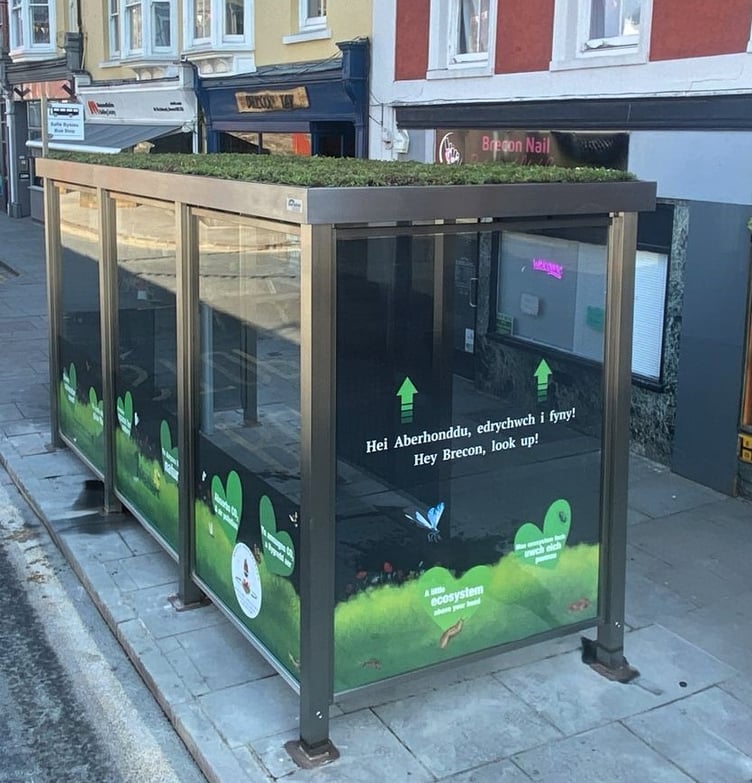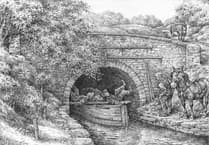Powys County Council has installed its first bus shelters with living roofs as part of a wider push for greener transport infrastructure.
The shelters feature roofs planted with sedum, a hardy succulent that provides nectar for pollinators, improves air quality, and helps manage rainwater runoff.
Seven shelters have been installed so far in Brecon, Callwen, Crickhowell, Hay-on-Wye, Llandinam, Llangattock and Welshpool. Three more are planned for later this year in Tregynon, Builth Wells and Llandrindod Wells.
The project is funded by the Welsh Government’s Local Places for Nature scheme and is a partnership between Powys County Council’s Passenger Transport Unit, Powys Nature Partnership, and local groups including On The Verge Talgarth / 1 Metre Matters and BB-Sustainable Tourism.
The living roofs feature a variety of Sedum species - hardy, evergreen succulents that require minimal maintenance and flower throughout the summer. These plants provide essential nectar and pollen for pollinators, while also absorbing carbon dioxide, trapping airborne pollutants, and slowing rainwater runoff into drainage systems.
Each shelter also features colourful side panels with environmental messages, designed to encourage residents to take action for nature.
Cllr Jackie Charlton, Powys County Council’s Cabinet Member for a Greener Powys, said: “These living roof bus shelters are a fantastic example of how we can integrate nature into everyday infrastructure.
“They don’t just look great – they actively support biodiversity, improve air quality, and help manage water sustainably. It’s a small but powerful step toward a greener Powys, and I hope it encourages everyone to think about how they can bring nature into their own spaces.”
The council is continuing its work to replace outdated shelters across the county. Where budgets allow, additional green roof shelters will be installed, along with solar-powered illuminated flag poles to improve visibility and safety at rural or unlit stops.





Comments
This article has no comments yet. Be the first to leave a comment.